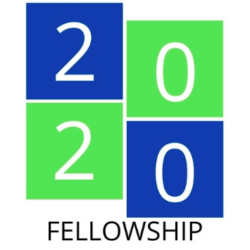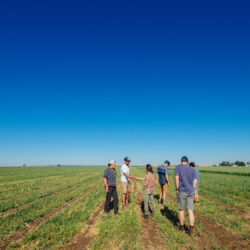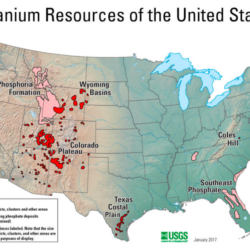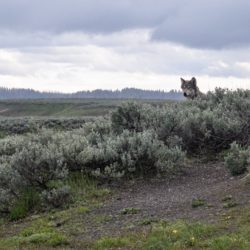Exploring New Approaches to Grassland Conservation in Wyoming—Katie Pofahl and Humna Sharif
Two students from the Yale School of the Environment’s Ucross High Plains Stewardship Initiative teamed up with The Nature Conservancy in Wyoming to deepen the culture of conservation in these iconic grasslands. With over 13.2 million acres, the grasslands of Thunder Basin, Wyoming are part of a patchwork of federal, state, and private land that Read more about Exploring New Approaches to Grassland Conservation in Wyoming—Katie Pofahl and Humna Sharif[…]









